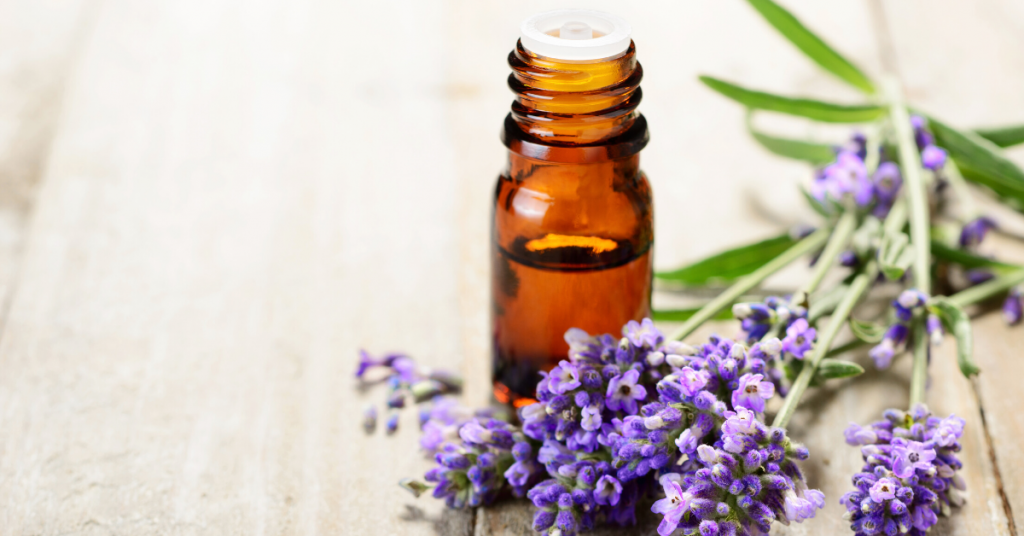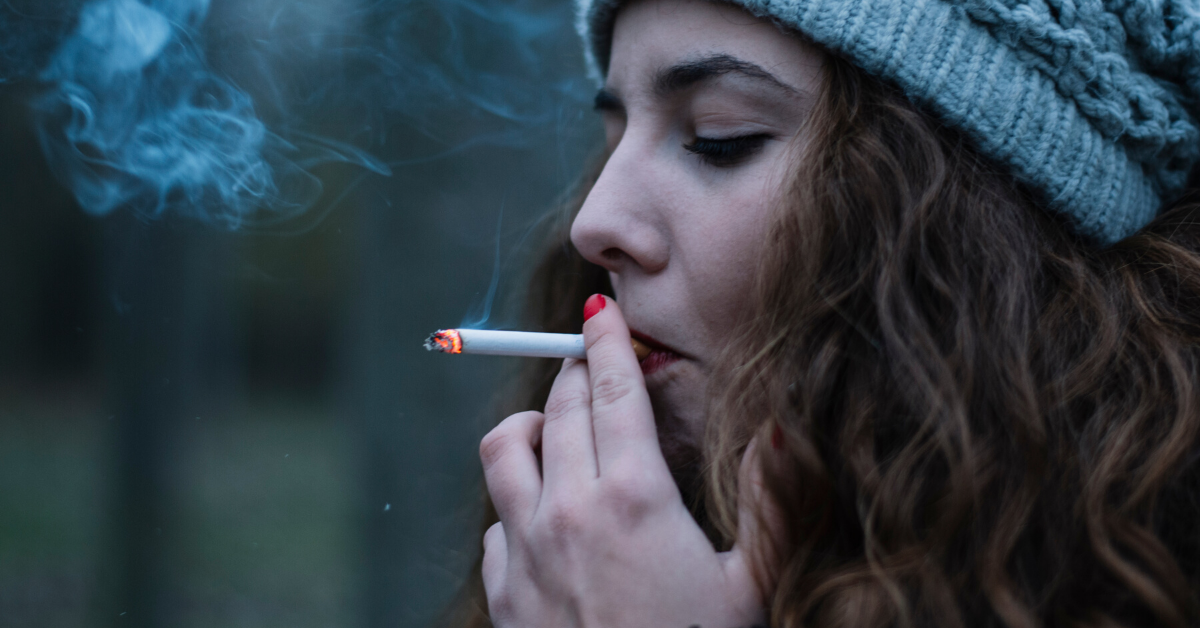Aromatherapy massage sounds like something really pleasant, but what exactly is it? I decided to ask Misty Cech, who is a therapist in Colorado, USA. She uses iridology and reflexology as well as aromatherapy, and is the owner of Ananda Apothecary, an online dispensary for pure organic essential oils and flower remedies.
What are aromatherapy oils, and how are they different from essential oils?
“In the context that we are speaking they mean the same thing! The term aromatherapy is a bit misleading, as the aroma of an essential oil is only one facet of the oil’s interaction with the human body. Aromatherapy is really the entire branch of botanical medicine using volatile aromatic plant compounds for treatment of various conditions.”
How do the essential oils work?
“It’s these volatile compounds that give plants their wonderful scents, but many actions of essential oils don’t even have to do with one’s sense of smell. Beyond acting through the limbic system (the brain region immediately affected by the smell sense), many essential oils have proven antibiotic, antiviral, antispasmodic, antifungal or other actions.
“The olfactory region of the brain is closely associated with the limbic region – that being the center of emotions, memory, sex drive and intuition. The limbic system is also connected to parts of the brain that control heart rate, breathing rate, blood pressure and stress levels. The olfactory region also connects to the hypothalamus, which controls the entire hormonal system by influencing the pituitary. This gives us a good ideas as to why the aromatic compounds of plants – essential oils – can have an ‘aromatherapeutic’ effect.”
Are essential oils like perfume?
“People sometimes confuse perfumes with essential oils, but most perfumes – even the most expensive – are synthetic, and while they smell good, they are not doing anything therapeutically. I put one drop of rose oil on my body, and my cat comes running!
How are essential oils made?
“The oils are extracted in various ways. Steam distillation, the most common method of essential oil production, involves the flow of steam into a chamber holding the raw plant material. The steam causes small sacs containing essential oil to burst. The oil is then carried by the steam out of the chamber and into a chilled condenser, where the steam once again becomes water.
“Some plants, and particularly flowers, do not lend themselves to steam distilling. They are too delicate, or their fragrance and therapeutic essences cannot be completely released by water alone. These oils will be produced as ‘absolutes’ using alcohol – and while not technically considered essential oils they can still be of therapeutic value. Jasmine and rose in particular are delicate flowers whose oils are often found in ‘absolute’ form.
“Modern technologies use carbon dioxide and supercritical carbon dioxide for extraction. Both methods involve the use of carbon dioxide as the ‘solvent’ which carries the essential oil away from the raw plant material. These methods leave no solvent residues behind, and are the most efficient, producing the most oil per amount of plant.
“Citrus oils – bergamot, orange, lemon, and the like – are cold pressed from the peels of the fruit. Essential oils can be expensive. One of the reasons for the high cost is the low yield of oil from most plants – one ton of rose petals produces less than 1 pound of oil, for example.
“It’s important to use high quality oils. We supply organic, wild-crafted oils that are gathered with respect for the environment.”
How do you use essential oils?
“Some oils can be used directly on the skin, but others need to be contained in a carrier oil – I like hazelnut oil for this. They can also be used in a diffuser. The body gets used to the scent, so it may be better to use a diffuser with a built-in timer, or just switch the diffuser off from time to time.”
What is aromatherapy massage?
“It’s a massage using essential oils. The skin is really receptive – it’s the largest organ of the body. The oils can be used on many levels: you can use them for a romantic massage – just to feel better, or they can work physiologically on the body, or by realigning the chakra system.”
Who can benefit from an aromatherapy massage?
“Of course, anyone, but particularly people suffering with stress – stressful jobs, teachers, moms with three or four kids, people recovering from trauma. It’s good for injury prevention for athletes. People are always in a smile afterwards – they feel better so they take better care of themselves. I don’t recommend aromatherapy oils for babies until they are 4-6 months old (unless under the guidance of a professional).”
What happens in a typical aromatherapy session?
“A session will usually last one to two hours. The practitioner will take a case history and ask about injuries. You need to say if you are pregnant. You should be given time to undress and dress after the massage in private. The therapist should knock before coming back into the room. The room should be warm. The massage’s sometimes done in silence or with mellow relaxing music. It certainly shouldn’t be a chat session unless you as the client want it.
The therapist will cover your body – only exposing the part that they are working on at that time. When you turn over, the therapist will hold the covering so that you can do that easily and comfortably. It should feel like you are dropping into a safe, contained space where all you need to do is relax and receive and be nurtured.
If you feel uncomfortable during the session you absolutely have the right to say so. If you want the massage to be lighter or deeper at any point, just tell the practitioner.
“The therapist may give you a personal blend of oils to take home and use on your body or put in a diffuser. Sometimes flower essences are added to the mixture too.”
How often should you have an aromatherapy massage?
“Well, it’s moderation in all things. You need to leave at least a couple of days between massages as muscles may be achy because of toxins moving, or the massage may bring up illness or emotional stuff. Once a week would be ideal, but every 4-6 weeks is OK. If you’re using the massage to help an injury, more frequent treatment is needed. Arranging to have a massage once a month is a way of allowing yourself to be spoilt, trusting the massage rather than those three extras mochas you drink because your adrenals are exhausted.”
How can a good aromatherapy masseur/masseuse be found?
Word-of-mouth, or through a local magazine is best. Phone the person and initiate a dialogue to see if they’re right for you.
Visit Misty’s web site to learn more.


